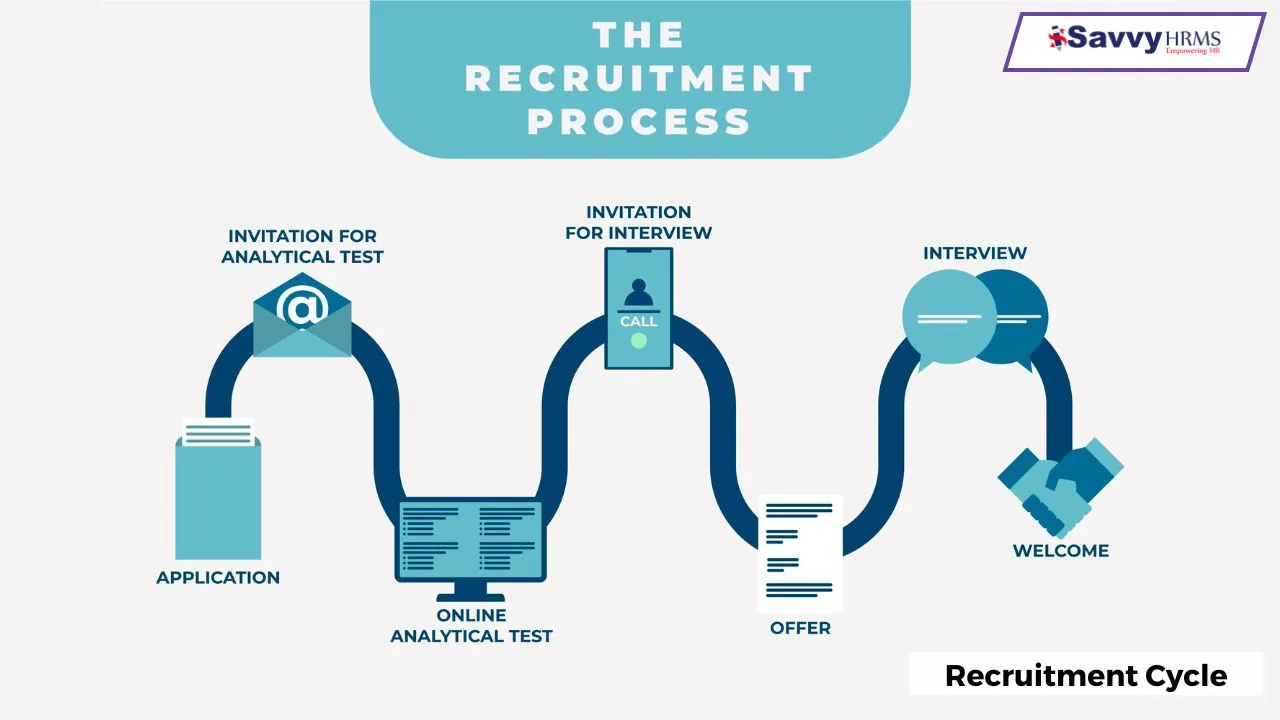A Letter of Salary Increment supports and affirms not just an employee’s worth. But also a recorded recognition. The time commitment and rationale behind this process.
In this blog, we will go into detail about what a Letter of Salary Increment is, its importance, how to write one, and what HR should keep in mind. We will additionally include best practices and tips for your letter so that it complies with appropriate standards.
What is a Letter of Salary Increment?
It is basically a formal document. Issued by the Human Resource (HR) department/employer to an employee. Indicating a decision to increase a salary. Often triggered by employee performance, service completion.
Generally, this letter is in order following an annual appraisal. Performance review or promotion. Regardless of its origin, a Letter of Salary Increment is of significant legal & financial importance.
Why is it important?
It holds certain importance. Here are important elements to consider:
- They promote openness in the HR policy.
- They enhance employee morale and retention.
- They allow for employee financial planning.
So, it is especially important to write a timely and thoughtfully written letter by any HR manager or employer.
When is a letter of salary increment issued?
While the timing can differ, typically, the letter of increment will be issued:
- After an annual performance review.
- After a promotion.
- Due to company profitability or inflation adjustments.
- Due to some type of employee retention strategy.
What does the letter need to include?
To be effective and clear, it’s needs to include the following components:
- Employee name and Number
- Start date of the increment
- Former salary
- New salary, including breakdown
- Reason for the increase in salary
- Appreciation statement
- Officially signed by HR or management
By using this letter as a guide, it remains professional and legally binding.
Extra Note: Tax and Deductibles in a letter of salary Increment
An important point to note about the Letter of Salary Increment is how it will affect:
- Income tax brackets
- Provident Fund (PF) deductions
- Gratuity calculations
- Bonus eligibility
The HR and payroll departments should be in touch with one another to ensure everything goes smoothly.
Conclusion
In conclusion, whether you are an HR representative. An employee who is a part of a formal succession plan of documents. Or simply awaiting a pay increase as an employee, understanding a letter of a salary increment is significant, and it is more than a piece of paper. As companies grow, so do their people. This growth must be communicated clearly, in a timely manner. And most of all, respectfully, that’s where it becomes a very useful tool.
FAQs
Q1. Is a Letter of Salary Increment legally binding?
Yes, once it is accepted by both parties, it constitutes a formal agreement.
Q2. Who issues the letter?
Usually, it is the HR department that will prepare the letter and distribute it (after management approval).
Q3. How long before an employee receives a letter after an appraisal?
As a general rule, an employee should receive their letter within 1–2 weeks of the last performance discussion.
Q4. Can I negotiate after requesting this process?
While you can negotiate with the employer, there should be respect while asking. Your request should still be based on the attainable impacts outlined in the performance report.




